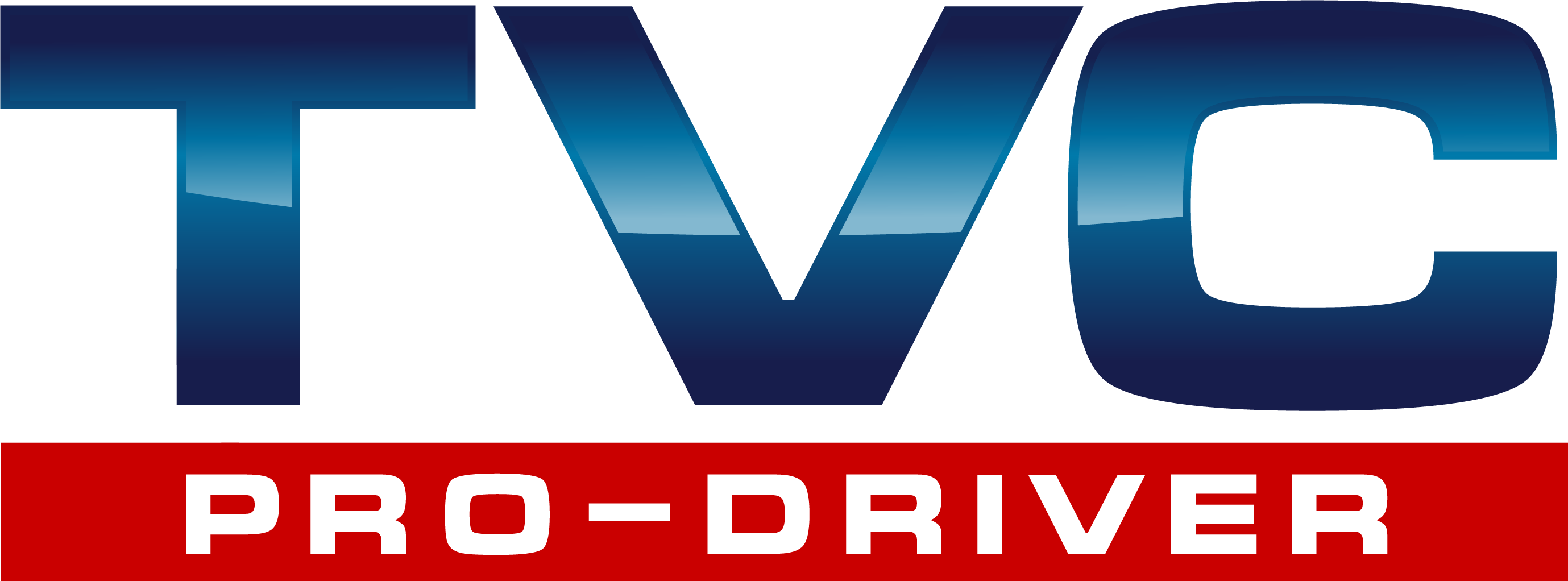
Speeding is a common issue that fleet owners face in their operations. It poses a significant risk to the safety of drivers and others on the road and results in increased fuel consumption, wear and tear on vehicles, and potential legal consequences. To effectively address this problem, it is crucial to understand why drivers speed. This blog post will delve into some common factors contributing to speeding and discuss how fleet owners can reduce the associated risks.
Jim Angel, Vice President of Telematics Partners at SpeedGauge, posted a series of insightful posts on LinkedIn, explaining why speed limits are necessary, why drivers speed and much more. Visit his page to get his insights and professional expertise in risk management.
Tight Schedules and Delivery Pressures:
One of the primary reasons drivers may exceed speed limits is the pressure to meet tight delivery schedules. Fleet owners should assess their operations and ensure that realistic and achievable schedules are set for drivers. By allowing sufficient time for deliveries, drivers can avoid the temptation to speed, reducing the risk of accidents.
Incentive Programs and Performance Metrics:
In some cases, fleet owners may unintentionally encourage speeding through incentive programs or performance metrics prioritizing speed over safety. While efficiency is important, it should never come at the expense of safety. Review your incentive programs and metrics to ensure they are balanced, emphasizing safe driving practices rather than solely focusing on speed or productivity.
Lack of Driver Awareness:
Sometimes, drivers may not realize the potential risks and consequences of speeding. Fleet owners should invest in driver training programs emphasizing the importance of maintaining safe speeds, following traffic laws and the potential impact of speeding on their safety and the fleet’s reputation. Regular refresher courses can help reinforce these lessons and promote a culture of safety.
TVC Pro-Driver is partnered with industry leader SambaSafety to connect our members with top services, including video safety training. Safety training and protocols are crucial for truck drivers to reduce accidents and liability. Managing a safety program can sometimes feel overwhelming, but leveraging resources and training solutions can ease the burden while driving a safety-first culture.
Time Management and Fatigue:
Poor time management and fatigue can be contributors to speeding. When drivers rush to complete their routes due to inadequate planning or long working hours, they may resort to speeding to catch up. Fleet owners should implement effective scheduling practices, allowing for sufficient rest breaks and promoting a healthy work-life balance for their drivers.
Equipment and Vehicle Condition:
In some instances, drivers may resort to speeding due to poorly maintained vehicles or outdated equipment. Fleet owners should prioritize regular maintenance and inspections, ensuring that vehicles are always in optimal condition. Malfunctioning speed limiters or faulty equipment can inadvertently lead to speeding, so proactive maintenance is crucial.
Communication and Feedback:
Open lines of communication between fleet owners, managers and drivers are essential in addressing speeding issues. Encourage drivers to report any concerns or challenges that may lead to speeding. Provide a platform for drivers to share feedback and suggestions on improving operations and reducing the need for speeding.
To reduce the risk of speeding in your fleet, it is crucial to understand the underlying reasons and address them proactively. By addressing tight schedules and delivery pressures, reassessing incentive programs, promoting driver awareness, managing time and fatigue effectively, ensuring well-maintained vehicles and fostering open communication, fleet owners can create a safer and more responsible driving culture.
Creating an incentive program to reduce speeding in your fleet can be an effective way to promote safe driving habits among your drivers. By implementing such a program, you can encourage your drivers to adhere to speed limits and prioritize road safety. One approach could be to establish a reward system where drivers who consistently maintain safe driving speeds are recognized and rewarded. This can be done through a point-based system, where drivers accumulate points for following speed limits and avoiding speeding violations. These points can then be redeemed for rewards such as gift cards, additional time off or other incentives.
A reduction in speed correlates to a reduction in fuel consumption, which serves as a significant incentive for fleet owners to prioritize following speed limits in their fleet. When vehicles operate at higher speeds, they experience increased wind resistance, which leads to higher fuel consumption. By encouraging drivers to maintain recommended speed limits, fleet owners can effectively decrease fuel consumption and, subsequently, save on fuel costs.
Additionally, driving at lower speeds allows for better engine efficiency, as the engine operates at its optimal level. This not only reduces fuel consumption but also extends the lifespan of the vehicle’s engine, resulting in lower maintenance and repair costs. Therefore, prioritizing speed limit compliance within the fleet not only promotes road safety but also offers a tangible financial benefit for fleet owners by reducing fuel consumption and related expenses.
Reducing speeding enhances safety and leads to a more efficient and cost-effective fleet operation. By prioritizing safety and taking necessary measures, fleet owners can positively impact their drivers, the community and their overall business success.













